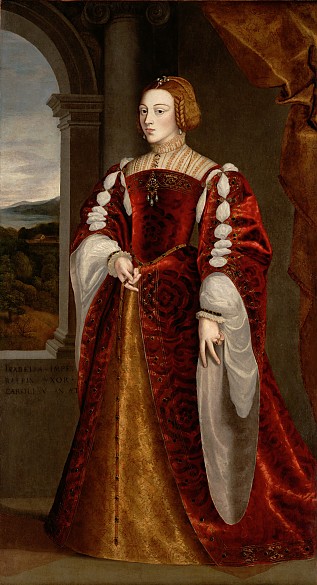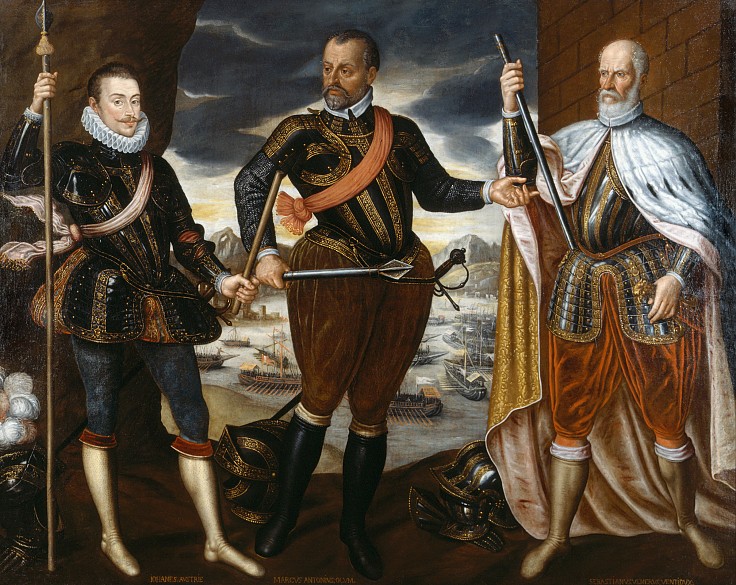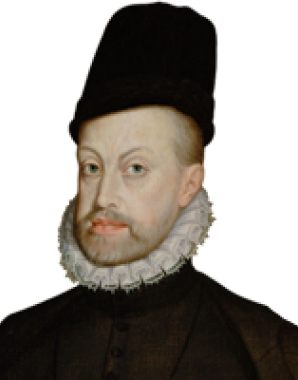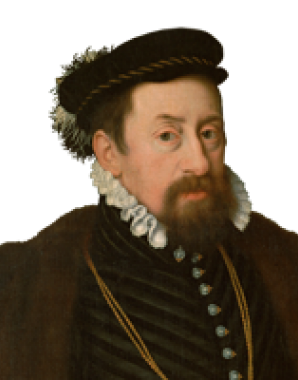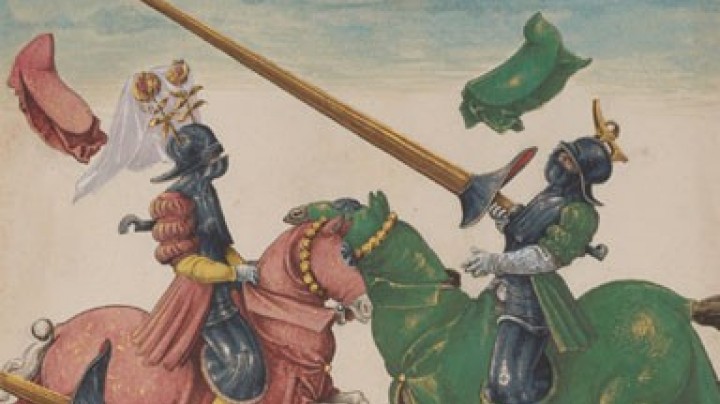Charles V: marriage and offspring
Charles’s wife was Isabella of Portugal (1503–1539). Celebrated in 1526, this marriage was a dynastic project and the product of long-term planning, the object of which was to strengthen the links between the rival kingdoms of Spain and Portugal.
Isabella was the daughter of the Portuguese king Manuel I and Maria of Castile. Thus she was closely related to Charles on her mother’s side, as the bridal couple’s mothers were sisters. The marriage was a purely political partnership. During Charles’s long absences from Spain Isabella administered the country in his stead.
Lasting thirteen years, the marriage produced four children:
Their first-born son Philip II (1527–1598) succeeded Charles as king of Spain.
Maria (1528–1603) was married to her cousin from the Austrian line of the dynasty, Emperor Maximilian II. This was the first of many unions between the two lines of the dynasty, which were intended to guarantee their cohesion. This intermarriage between such closely related individuals was of political importance but from the biological point of view had dubious genetic consequences which in the long term impaired the vitality of the dynasty.
A son, named Ferdinand, who died in infancy, was followed by a daughter, Joan (1535–1573). Joan married back into the family of her mother, but her husband, John, the heir to the Portuguese throne, died before the birth of their first child. The young widow returned to Spain, where she ruled in the stead of her absent father. After Charles handed over the affairs of government to his son Philip in 1556, Joan retired to a convent.
The couple’s last child, called John, died shortly after he was born in 1539. Weakened by the birth, his mother followed him to the grave two weeks later.
Before and after his marriage Charles had a number of unofficial relationships that resulted in illegitimate offspring.
With Jeanne van der Gheynst, a servant girl at his aunt’s court, Charles had a daughter, Margaret (1522–1586). Like his legitimate children, she was used for dynastic marriage projects. In 1536, at the age of fourteen, Margaret was married to Alexander de Medici, who was murdered in the following year. In 1538 she was married to another Italian prince. This was Ottavio Farnese, who owed his sovereignty over the northern Italian principality of Parma to his union with Charles’s daughter. There Margaret found herself in a problematic position when her husband temporarily changed sides to the French camp.
Margaret was given an important position when she was appointed governor of the Netherlands by her step-brother Philip II. She assumed her office at a difficult time: opposition by the Estates in the northern provinces to Habsburg rule was forming, reinforced by the religious schism. Although Margaret showed a willingness to compromise, the situation came to a head. In 1567 she was forced to make way for the notorious Duke of Alba, an appointment that led to an escalation of the violence. The result was open rebellion. In 1579 Margaret was again entrusted with the office of governor in the Netherlands, now in competition with her son Alexander Farnese, who had been made commander of the Spanish troops in the turbulent provinces. After long-drawn-out conflicts with her son she retired from the fray in 1583.
Charles’s illegitimate son Juan d’Austria (1547–1578) was the result of his relationship with Barbara Blomberg, the daughter of a Regensburg merchant, which he began in 1546, after he had been widowed. At first the boy was not officially acknowledged as Charles’s natural son, and it was not until 1561 after his father’s death that Juan was legitimized by his half-brother Philip II. Juan was initially brought up together with Philip’s son, Don Carlos. Originally intended for a career in the Church, he developed military ambitions. As commander-in-chief of the Mediterranean Spanish fleet he won an important victory over the Turks at the Battle of Lepanto in 1571. Appointed governor of the Netherlands in 1576, Juan died of typhus in camp while fighting rebel Dutch forces in 1578.
